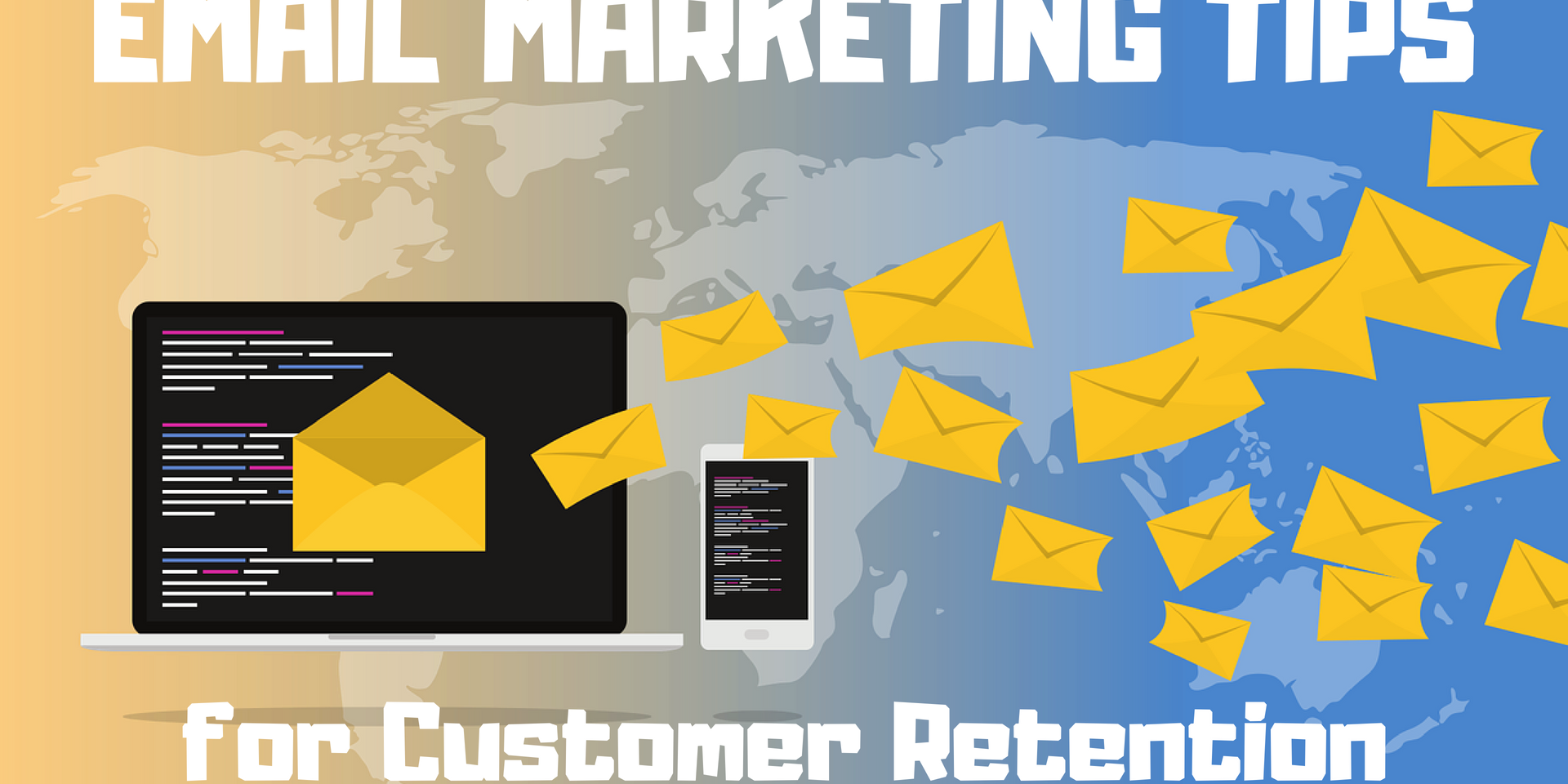When it comes to keeping your customers’ interest piqued, the best course of action is to deliver consistent and valuable email marketing campaigns. While most e-commerce businesses engage in email marketing, very few use its advanced functions to their advantage.
Email marketing is a particularly useful method for customer retention. By delivering high-quality campaigns to your previous customers/website visitors, you ensure that they’ll continue returning to your website for years to come. The biggest email marketing mistake that many digital marketers make is delivering broad and irrelevant messaging to their customer base.
Email marketing is a science, and it’s important to find the right formula that brings your customers back time and time again. There are a few elements to this formula, each of which are extremely crucial to the success of your e-commerce business.
#1) Find the Right Frequency
Many e-commerce businesses drive customers away by sending out too many emails. While daily emails might be effective for large brands, it’s hardly effective for smaller businesses. Meanwhile, businesses that send emails out too infrequently miss out on potential sales and risk being forgotten by their customers.
While finding the right frequency is often a matter of A/B testing, a recent Omnisend study suggests that the optimal frequency for small businesses is 2-4 times a month. However, InfusionSoft suggests that if you have ever-changing offers and promotions, slowly increasing your sends to 2-3 times a week might behoove you. The Omnisend study confirms this by showing that businesses that send out 10-19 emails a month have the highest conversions.

Image Courtesy: Omnisend
#2) Set Up an Abandoned Cart Flow
According to the Baymard Institute, approximately 69% of shoppers abandon their shopping cart. It’s almost shocking to think that so many people are smoothly moving through your checkout process, only to withdraw at the very last minute centimeters from the final sale. Emailing these shoppers with a friendly, personalized reminder to return to their cart is an effective way to land the sale.
In fact, Salesforce statistics show that 60% of shoppers return to make the purchase within 24 hours of receiving a reminder email. It’s important not to wait to send this email too long after the abandonment has occurred, 12 hours being an optimal waiting period so you can hook your customers while they’re still enthused about their potential purchase.

You can set up an Abandoned Cart flow by connecting your WooCommerce (or any other e-commerce API integration) plug-in to your email marketing program — both MailChimp and Klaviyo support this feature. From here, set up a flow with a specified delay that is triggered by someone abandoning their cart and compose a personalized message that will entice them back.
You might even consider setting up a “last chance” email if they still do not return to their cart after the first reminder.
#3) Effective Segmentation for Custom Messaging
It’s easy to just send your email list one general newsletter, hoping people will open and click through it to eventually make a purchase. However, in order to obtain the best results, you’ll need to divide up your subscribers and deliver different messaging for each segment. Various segments can include: previous customers, frequent buyers, and regular newsletter sign-ups.
This way, you can appeal to your frequent buyers and previous customers with different promotions made just for them while simultaneously showing them that you’re in tune with their habits and their relationship with your brand.
Different customers interact with your website in different ways, so one broad message to all of them may not be particularly appealing. On the contrary, it could encourage many to hit the “unsubscribe” button for feeling spammed by irrelevant messaging.

MailChimp, a widely used email marketing platform, found that segmented campaigns received 14% more opens and 100% more clicks. A study from Campaign Monitor is what really brings the whopping final proof, stating that segmented campaigns deliver a 760% increase in email-driven revenue.
#4) Promos, promos, promos!
Reward your loyal and return customers with email promotions crafted especially for them. Not only will they be grateful, but they’ll keep coming back. They’ll also keep opening future emails in hopes of more promotions.
Email-only promotions make this tactic even more effective. These give your offer an air of exclusivity and make your customers feel special. While it’s important not to overdo it with promotional emails, it also gives you an opportunity to increase the number of emails you send out.
Find Your Right Formula
While the aforementioned guidelines are the standard for prosperous ecommerce email marketing, A/B testing is the key to finding the formula that fits best for you. Play with segmentation to determine a control group and an experimental group, while trying out different frequencies and messaging on them.
Additionally, don’t forget to pay attention to smaller factors, such as subject lines, time-of-day, and sense of urgency. Depending on the time of day, your subscribers’ engagement will vary. Coming up with some intriguing subject lines will also help this. As advertising tycoon David Ogilvy said: “When you have written your headline, you have spent eighty cents out of your dollar.” Your subject is your headline – make it pressing!
Coming up with the right combination of email marketing strategies will open up your e-commerce business to a world of opportunity, the best and most likely outcome being a serious boost to your conversion rates and, in turn, your revenue.






